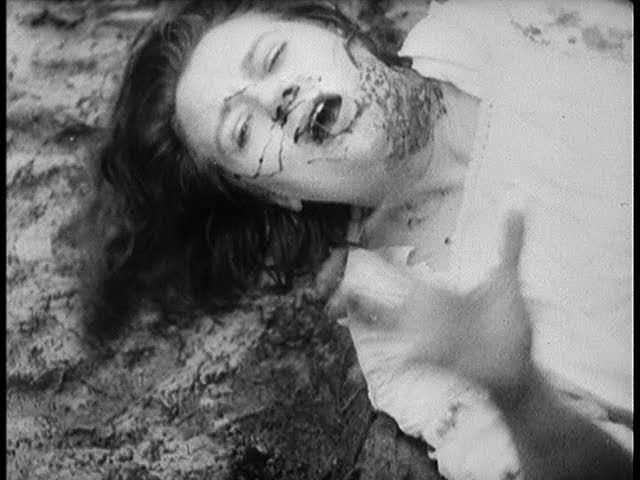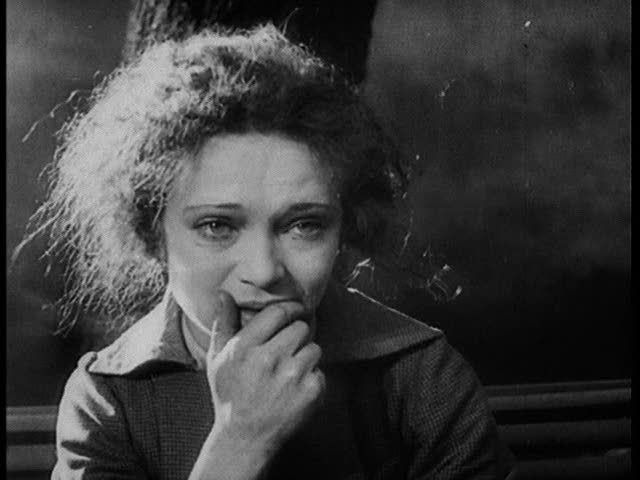

Dimitri Kirsanoff's Ménilmontant is a masterpiece of silent cinema, taking a simple melodramatic plot and transforming it into a deeply affecting work of art with the sheer force of the poetic, intense visuals that Kirsanoff uses to tell his story. The film follows a pair of sisters who leave the country for the city after their parents are slaughtered in a mysterious axe murder. Unusually for the time, there are no intertitles, so the plot is communicated entirely with imagery. This economical storytelling gives the film a lean, stripped-down aesthetic that makes it seem eminently modern. All the unnecessary exposition is trimmed away, and the opening axe murder is boldly stylized and brutally effective, even as its exact details remain unclear. Kirsanoff's dense, rapid-fire montage is perfectly suited to capturing the insane violence that orphans the two girls. Later, as the film traces the disintegration of the sisters' relationship after a man comes between them, Kirsanoff employs a wide variety of aesthetic tools, from superimposition to expressive closeups to poetic non-narrative shots of the urban surroundings. One of the most striking sequences occurs as the girls mourn their parents, and Kirsanoff quickly fades back and forth between the two sisters, who are facing in different directions. As the two faces are superimposed, they form a Janus-headed image of grief, joined into one image and one person through Kirsanoff's sleight of hand. The film also ventures into near-abstract montage at times, as when a frantic burst of layered imagery suggests the frazzled mental state of one girl as she worries about her missing sister. This is a dazzling masterpiece that is as overwhelming and powerful today as the day it was made, its impact completely undulled by the passage of many decades.



















0Awesome Comments!